Some of the most interesting and unique creatures for home aquariums. The only problem most first-time crab owners encounter is trying to recreate natural habitats for their new pets. There are a great deal of issues that need consideration when it comes to fish mate choice, tanks, and requirements.
Content Table
Even if you have already decided to keep freshwater crabs, and you are not sure what sort of tank these crabs require or maybe how to create a crab tank, this guidance can help you.
Crab Species: Freshwater Crabs for Aquariums Worldwide
Thai Micro Crab (Limnopilos naiyanetri)
| A hardy and short species for small reefs and nano aquariums. Originally from Thailand, this Crab prefers a planted aquarium as it stays among roots and other aquatic plants. They do not require much attention and are very fun to observe. | 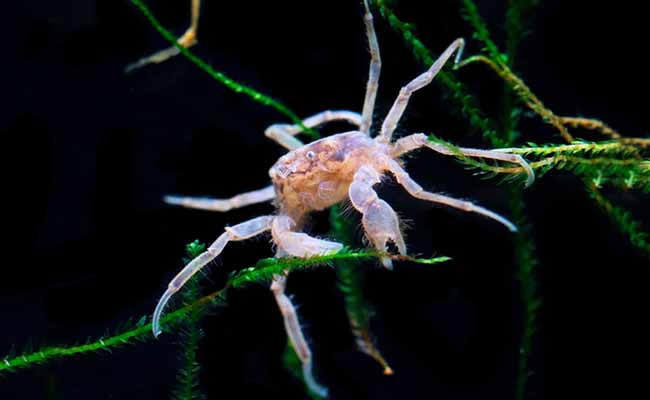 |
Vampire Crab (Geosesarma sp.)
| Vampire Crabs are purple with orange claws and are native to Southeast Asia. Being territorial, semiaquatic, and nocturnal carnivores, these crabs are suitable for modern paludarium systems. | 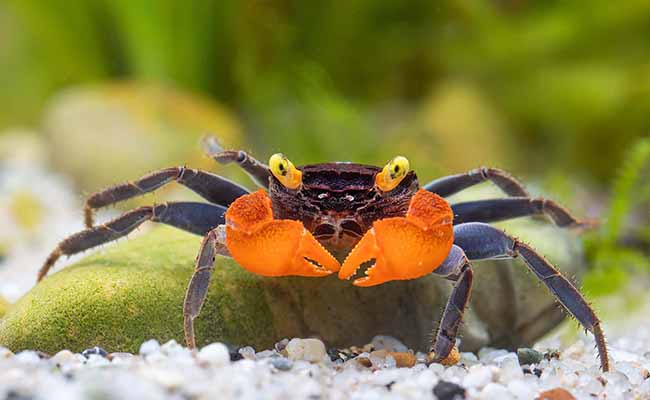 |
Red Claw Crab (Perisesarma bidens)
| Popular due to their red claws, these crabs live half-buried in water and are very active animals to watch. Stemming from swamps, they require both aquatic and terrestrial conditions at some point, thus, are ideal for brackish paludariums. | 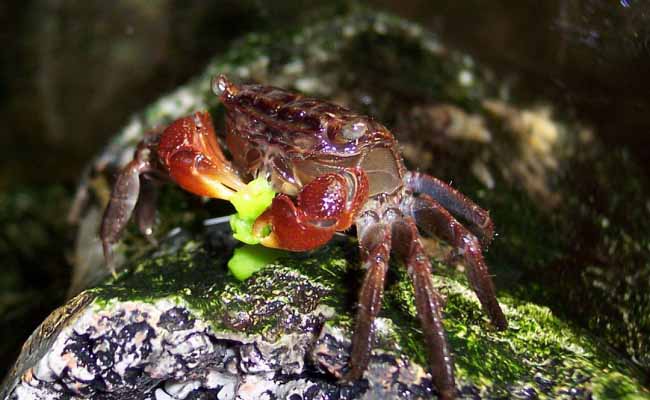 |
Panther Crab (Parathelphusa pantherine)
| These are native to Indonesia; they are beautiful freshwater crabs with spots like those found on a panther’s skin. They’re territorial and quite robust, which makes them well-suited to large– and densely planted– aquariums with lots of structures for shelter. | 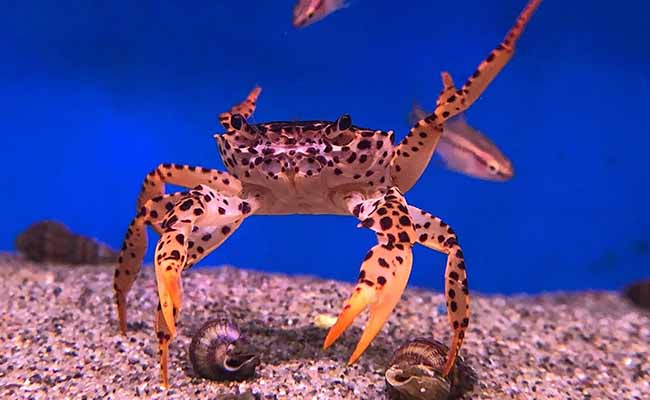 |
Fiddler Crab (Uca sp.)
| Represented by large claws in males, these social crabs contribute to movement in tanks or autonomous environments. They are partially amphibian and dissolute in brackish areas and can dig holes and flap their claws to defend the territory. | 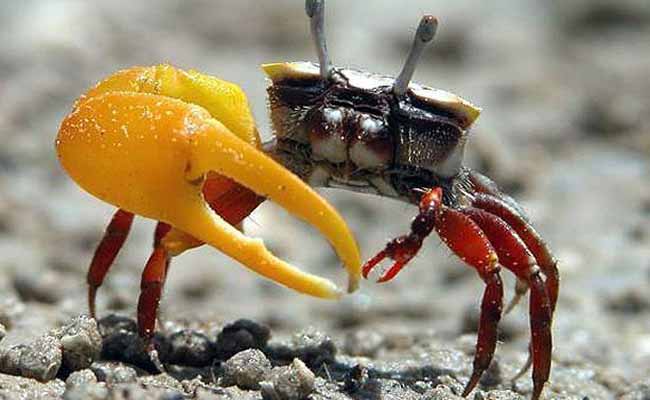 |
Matano Crab (Syntripsa matannensis)
| A species of crab is found in Lake Matano, Indonesia. Popular for their bright orange coloration, these crabs are dwellers of clean, well-oxygenated water and are ideal for aquascaping enthusiasts who like to add special features to the aquarium. | 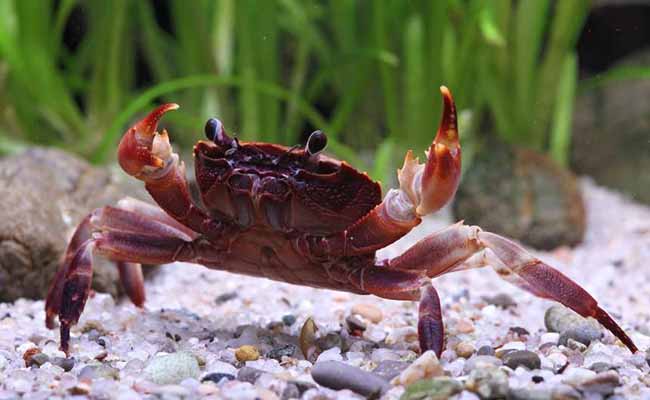 |
Rainbow Crab (Cardisoma armatum)
| A semi-aquatic, stunningly colorful crab with colors like purple, blue, and orange. They are from West Africa but enjoy being burrowed for tanks with plenty of land area, due to their need for exercising. | 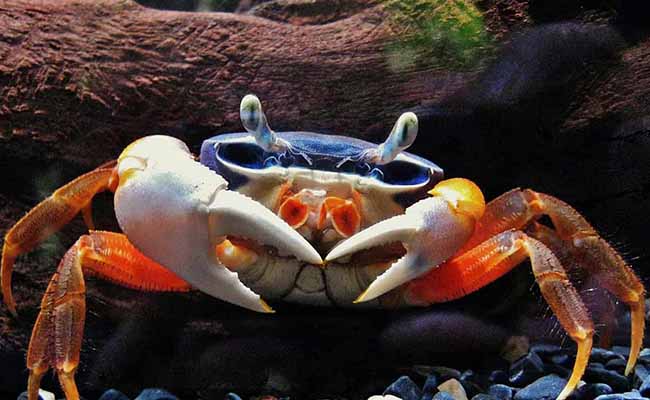 |
Pom Pom Crab (Ptychognathus barbatus)
| This freshwater adds charm to planted aquariums and is small and adorned with ‘pom pom’ like growths on their claws. Also called marine remora, they’re native to the Indo-Pacific and are peaceful and well-tolerant and tolerate other tankmates. | 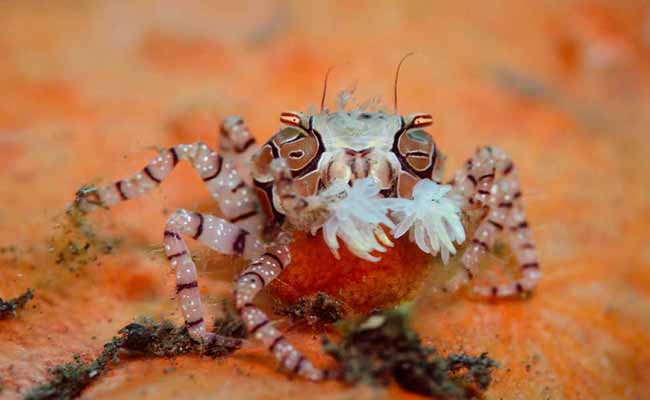 |
Freshwater Crabs for Fish Tanks: Characteristics
Characteristics of freshwater crabs make them excellent subjects for home aquariums. Generally hardy and adaptable, if the environmental needs are met. In small parts, most freshwater crabs grow to a small size of 1 to 3 inches, making them easy tanks. They are omnivorous, and eat some plant material, some algae, and any food that is high in protein, such as shrimp pellets.
Semi-aquatic/fully aquatic nature lies behind one vital trait to look at. Red-Clawed Crabs are semi-aquatic, and need some type of land in the medium they dwell in to thrive. Not that they need land areas, but Panther Crabs are fully aquatic species that benefit from lots of hiding spots. Freshwater crabs are also able to climb, which is why a secure tank lid is so important to avoid escapes.
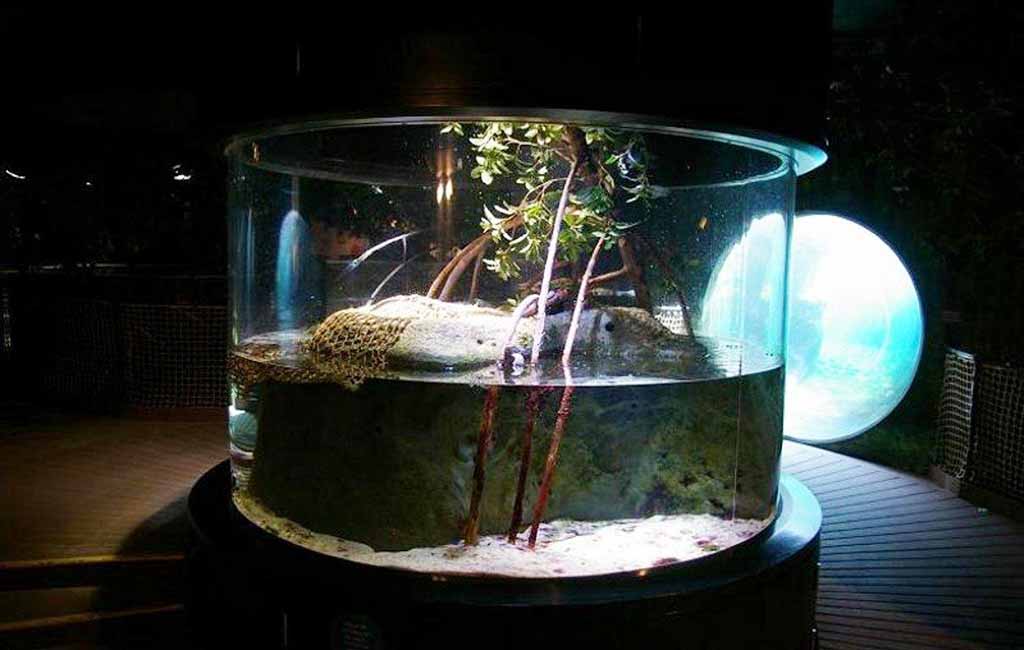
freshwater crab tank
What Kind of Tank Do Freshwater Crabs Need?
Freshwater crabs are creatures with specific needs so if you want to keep them alive and thriving in your tank, you’ll have to pay close attention to the environment. The size of the tank is one of the most important of everything. Thai Micro Crab, a small species, can live in a 5-gallon tank but for more active or bigger carnivores like Panther Crab, you need at least a 10-gallon tank.
Freshwater crabs also require tanks with:
- Stable water conditions: A pH of 6.5 to 8.0 and temperatures between 72°F and 82°F are generally suitable.
- Hiding spots: Rocks, driftwood, and aquarium plants provide shelter and help mimic their natural habitat.
- Proper substrate: Sand or fine gravel allows crabs to dig and burrow, a behavior essential to their well-being.
- Aeration and filtration: Crabs are sensitive to poor water quality, so a reliable filter and regular water changes are essential.
For semi-aquatic species, include a land area made from rocks or floating platforms. Ensure the land portion remains dry and above water level, allowing crabs to rest and molt.
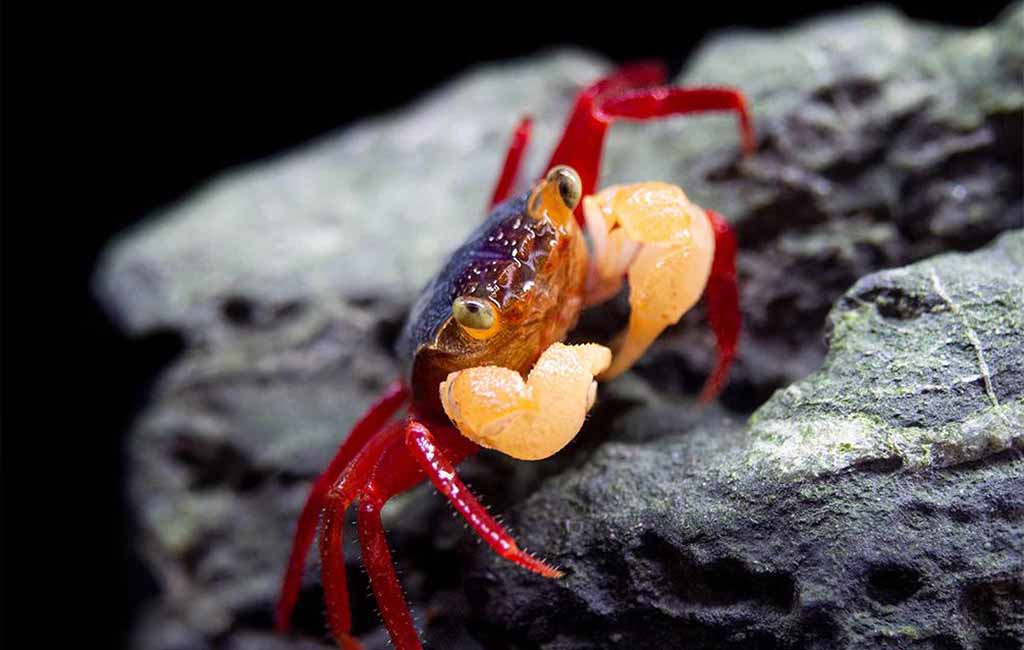
crab tank setup
Freshwater Crab Tank Setup
Setting up a freshwater crab tank takes some planning to mimic a natural environment they can live in. Go with a tank of the appropriate size for what you’re going to keep. Here are the steps for an optimal crab tank setup:
- Add a Substrate: Make a soft base to dig into with sand or fine gravel. Slope substrate down to make a gradual gradient between water and land for semi-aquatic crabs.
- Create Hiding Spots: Put caves, rocks, and plants that crabs can hide in. It’s also less stressful and gives their claws a chance to go through the crevices and vegetation they’d find in the wild.
- Set Up Filtration and Heating: An external or sponge filter can create water clean independently without too strong of current. If you are raising a species of crab that is sensitive to wide fluctuations in temperature, you need to use a heater to keep temperatures consistent.
- Provide Land Access: If you are working with semi-aquatic crab species make land area using rocky, driftwood, or floating platforms. Make sure it’s safely secured against movement.
- Ensure Tank Security: Freshwater crabs are all good climbers. Provide a good lid to cover the tank with small ventilation holes, so the airflow is correct, and also so people can’t let escape out.
- Decorate Thoughtfully: Bring live or artificial plants with which to add naturalism. Additionally, Java moss and Anubias can help improve your water quality, and give other plants places to hide.
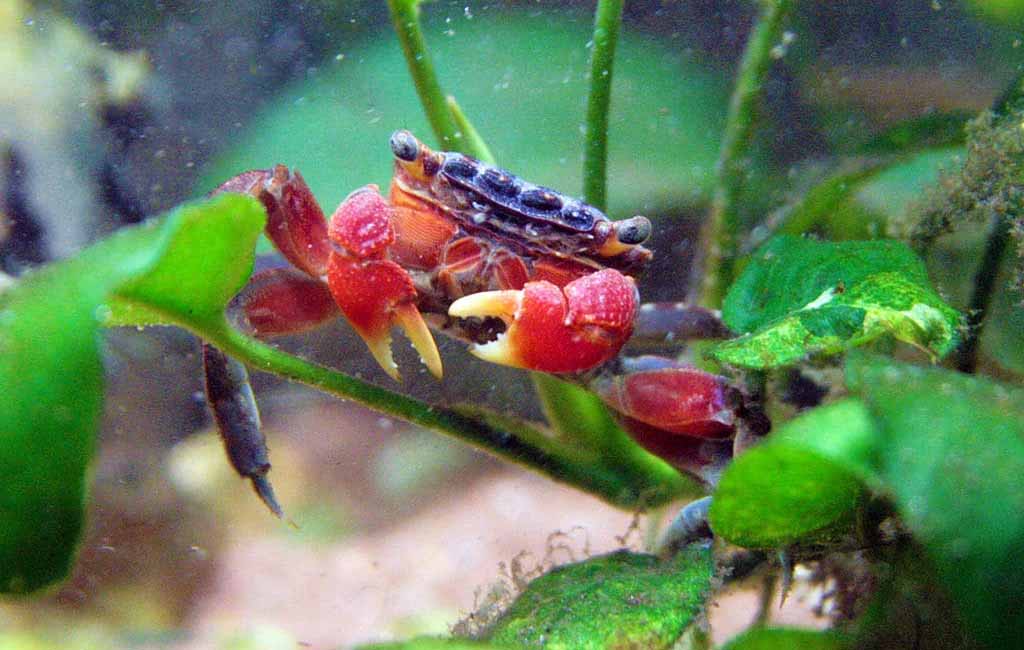
crab tank
In Closing
Freshwater crabs are fascinating, fun, and rewarding pets, but with a little particular care, they need to thrive. By selecting appropriate species, providing a size-appropriate tank, and creating an environment that supports them, these fascinating creatures can make for a thriving setup in your home. So whether you are a first-time crab owner or an experienced aquarist, knowing the basics of freshwater crab care is the first step to enjoying all of their wonderful behavior and charm.
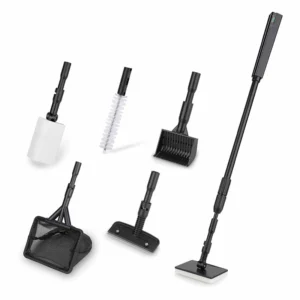
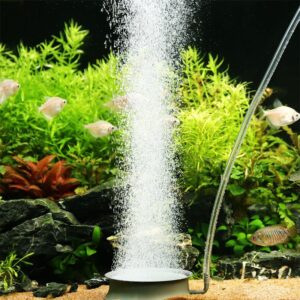
Leave a comment